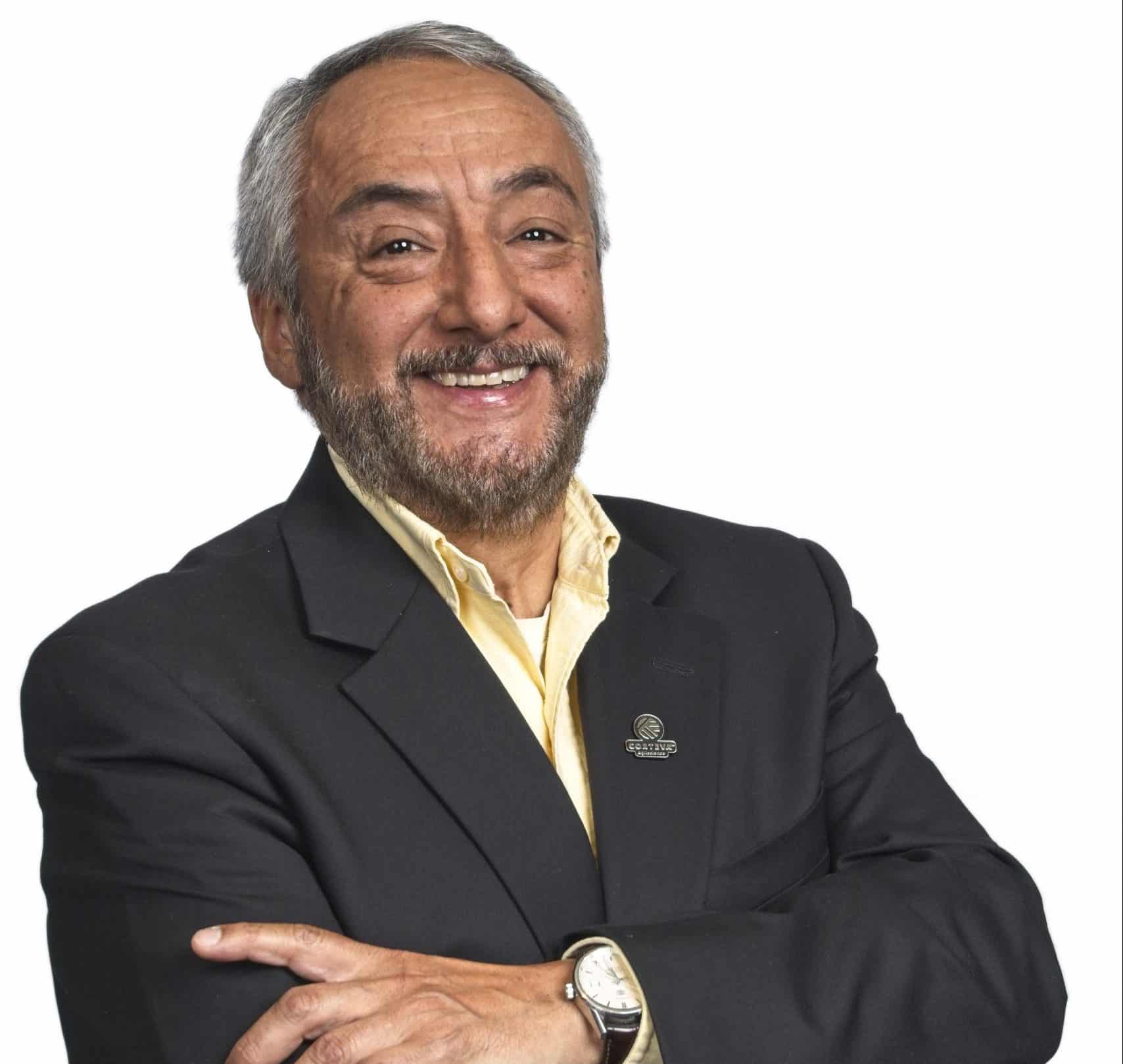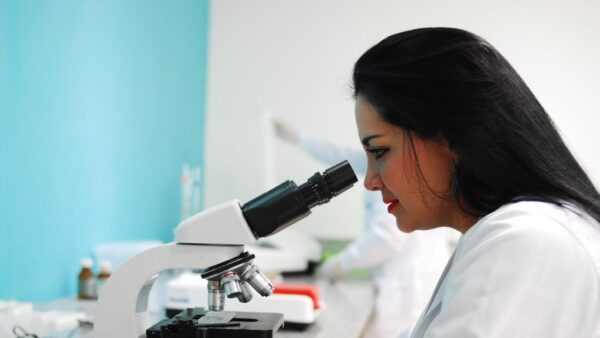Angel Saavedra, AMSAC representitive to the American Seed Trade Association (ASTA), shares about how partnering with ASTA opens up new perspectives in the seed industry.
Seed World (SW): What’s something you’re reading right now?
Angel Saavedra (AS): I’m currently reading a little bit of three books: More than This by Patrick Ness, Los Barcos se Pieden en Tierra by Arturo Pérez-Reverte and El Hacedor by Jorge Luis Borges.
SW: What’s the best way to spend a Friday night?
AS: For several years, I have spent Friday night after work enjoying great dinner at home with my wife. She is an adorable and awesome cooker, and most important, she loves to do it. I normally add a great wine in our special dinners, we love Spanish ones from Rivera del Duero and Rioja, great Italians, we select also Argentinians, Chileans, California, and Mexican wines from La Baja. We also hear music and dance at home. So, spending Friday night with my wife is the best for me.
SW: Favorite travel destination?
AS: Mexico: Puerto Vallarta and Mérida; Spain — the whole country; Liverpool, London, Paris, Budapest, Italy: La Toscana, Milan, Rome, Florence, Rimini; the United States: Madison and Green Bay, Wis., New Orleans, Washington D.C., Chicago; Vancouver, Ottawa.
SW: When you were a child, what did job did you want to grow up and have?
AS: Wanted to be Catholic priest.
SW: Why did you decide not only to participate in the Mexican Seed Trade Association (AMSAC), but also ASTA leadership?
AS: It gives me a great perspective of the whole industry in North America. The biggest business for the United States and Mexico is within our borders. The United States. and México have a great exchange of seed material, share phytosanitary needs and policies. AMSAC is a tenth of ASTA and there is a lot of experience that we could learn from them, in addition, the two associations have same technology needs such a s gene editing, Seed Law and importation requirements. I’m also part of the Board of the Seed Association of the Americas (SAA) which also helped me to support our Mexican needs, such as information, trainings and understanding on legislative aspects.
SW: Why do you think it’s important to have the connection between AMSAC and ASTA?
AS: First, we share borders and our exchange of seed material is huge, maybe the greatest in the world. We are the main importer of maize and soybean from the United States. There is also exchange of technology among both associations and we need to share visions and agreements. We have trainings together to understand requirements for seed movement in the border. I love the way how seed industry in the United States acts and how ASTA supports growers and companies. ASTA has developed great programs such as Storm the Hill, SALT and others for general seed education.











